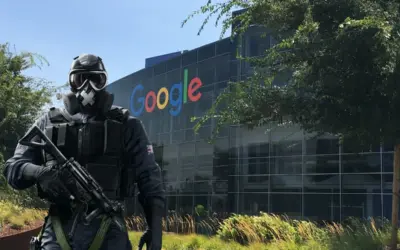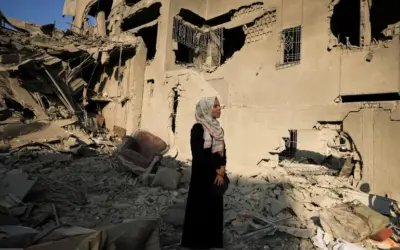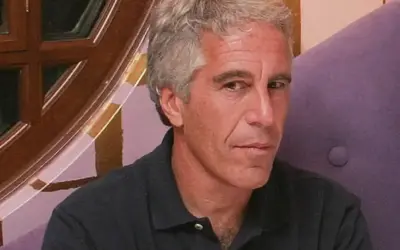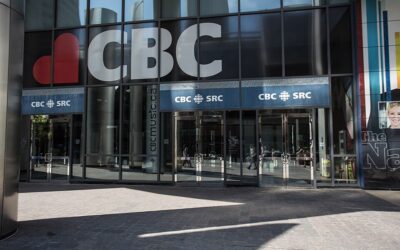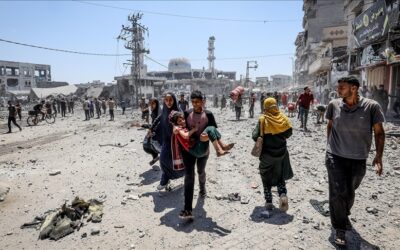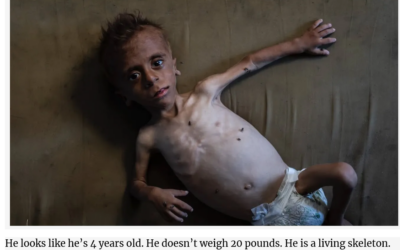The history of Palestine presented in Tapestry
Thirthy six palestinians living in the Middle East have made a tapestry with 80 panels representing each a different period of the history of Palestine now in the British Museum.
From the walls of Jericho – thought to be the earliest walled city – to the founding of the Boycott, Divestment and Sanctions (BDS) stitches and vibrant colours. Tonight’s event was opened by Shelagh Weir, former Middle East curator at the British Museum, who described how Palestinian embroidery has formed an integral part of Palestinian culture for centuries.
She explains: Before the Nakba of 1948, there were thousands of villages in Palestine. Each village had its own style of embroidery to distinguish itself from others, Everything changed in 1948”, referring to the forcible displacement of some 750,000 Palestinians by Jewish militias. “Suddenly Palestinians couldn’t import Syrian silks and taffetas as they did before, and those languishing in refugee camps could not afford such expensive materials. So women switched to using DMC mercerised cotton – a synthetic and much cheaper alternative.” Each shade of DMC cotton had a number and so women continued to express their village identity by using the shade of red they would have stitched with back in Palestine.
Suleiman Abu Taima delicately uses an array of colours to stitch together images which encompass Palestinian heritage in the manner his mother taught him. The 22-year-old says his love of colours and infatuation with his mother’s work led him to watch her closely and learn her embroidery skills. His biggest achievements to date are the Palestinian thobe that he has completed, shawls and art work to be displayed in people’s homes. Suleiman sells his pieces in local markets to afford a living for himself during Israel’s brutal siege of the Gaza Strip.
Distributed by PAJU (Palestinian and Jewish Unity)
